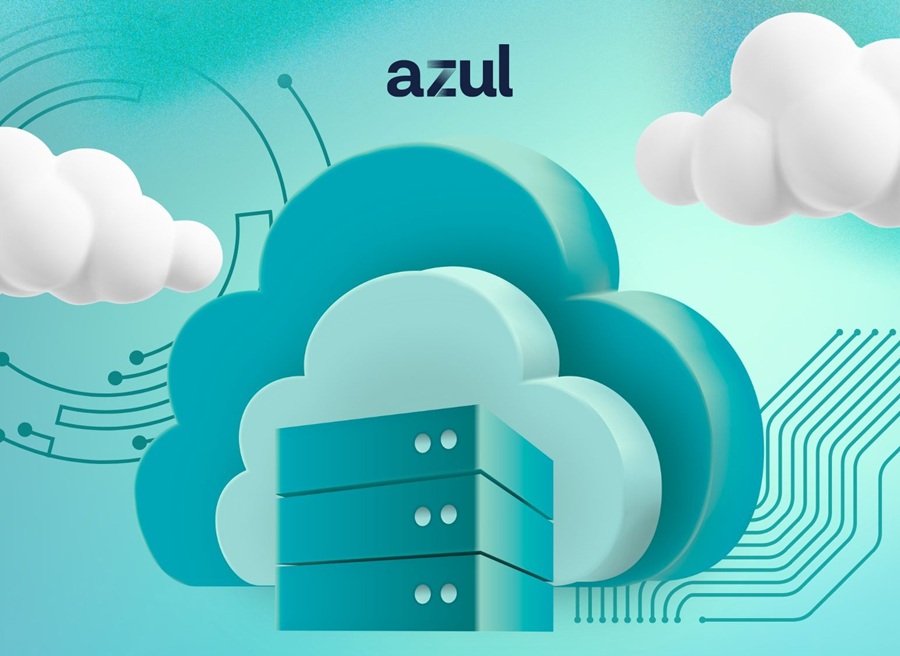Fluke Networks released a new version of its premier WLAN security and performance monitoring solution, AirMagnet Enterprise, Version 10, which offers the Software Sensor Agent, allowing customers to use both software and hardware sensors to optimize cost, deployment and security monitoring needs.
With Fluke Networks’ new software-based option, organizations can now turn any Windows-PC into a software-based WLAN sensor. This deployment option allows network professionals to choose between standard hardware sensors, which are the core technology for monitoring WLANs, and a cost-effective software alternative for multi-site healthcare, retail and concession operations needing basic PCI or HIPAA compliance monitoring.
The new software sensor is one of several new capabilities included in AirMagnet Enterprise version 10, which also includes new performance monitoring and WLAN platform support.
“Version 10’s enhancements will have a powerful impact on how wireless professionals deploy wireless networks, manage performance, and ensure security,” Terrance Boylan, owner and president of Packetlogix, a network solutions integrator.
Key to the software agent is incorporating Fluke Networks’ rogue detection and performance management capabilities to ensure the highest levels of security.
The new version of AirMagnet Enterprise also features a new management screen that provides a consolidated view of all data and controls to simplify investigation and containment of rogue devices.
“Given the explosion of Wi-Fi devices, and emerging security threats and compliance needs, our WLAN network customers are under unbelievable pressure to ensure performance and provide the highest level of security to both protect data and comply with standards,” said Chia-Chee Kuan, VP of the Fluke Networks WLAN business unit. “AirMagnet Enterprise 10 is focused squarely on tackling these issues with new technologies that take WLAN performance monitoring and security coverage to the next level.”
In addition to the software agent, Version 10 also features the Automated Health Check (AHC) capability for proactively monitoring WLAN network health from the end-user device all the way to the cloud. Network professionals can now pinpoint root cause issues, such as wireless authentication failures, download speed degradation and application system outages, before they impact the organization.
“The automated health check feature not only finds problems before they impact users, but also allows the customer to ensure that the network is working correctly for its entire user base – from the desktop to the cloud – and fix problems before users are even aware there is an issue. That level of functionality is unprecedented,” Boylan added.
Lastly, AirMagnet Enterprise also now includes support for customers using equipment from Meru Networks. With this supports, customers can obtain full analysis of Meru Networks-based WLANs, enabling detailed monitoring down to the client device.
The Latest
In March, New Relic published the State of Observability for Media and Entertainment Report to share insights, data, and analysis into the adoption and business value of observability across the media and entertainment industry. Here are six key takeaways from the report ...
Regardless of their scale, business decisions often take time, effort, and a lot of back-and-forth discussion to reach any sort of actionable conclusion ... Any means of streamlining this process and getting from complex problems to optimal solutions more efficiently and reliably is key. How can organizations optimize their decision-making to save time and reduce excess effort from those involved? ...
As enterprises accelerate their cloud adoption strategies, CIOs are routinely exceeding their cloud budgets — a concern that's about to face additional pressure from an unexpected direction: uncertainty over semiconductor tariffs. The CIO Cloud Trends Survey & Report from Azul reveals the extent continued cloud investment despite cost overruns, and how organizations are attempting to bring spending under control ...

According to Auvik's 2025 IT Trends Report, 60% of IT professionals feel at least moderately burned out on the job, with 43% stating that their workload is contributing to work stress. At the same time, many IT professionals are naming AI and machine learning as key areas they'd most like to upskill ...
Businesses that face downtime or outages risk financial and reputational damage, as well as reducing partner, shareholder, and customer trust. One of the major challenges that enterprises face is implementing a robust business continuity plan. What's the solution? The answer may lie in disaster recovery tactics such as truly immutable storage and regular disaster recovery testing ...
IT spending is expected to jump nearly 10% in 2025, and organizations are now facing pressure to manage costs without slowing down critical functions like observability. To meet the challenge, leaders are turning to smarter, more cost effective business strategies. Enter stage right: OpenTelemetry, the missing piece of the puzzle that is no longer just an option but rather a strategic advantage ...
Amidst the threat of cyberhacks and data breaches, companies install several security measures to keep their business safely afloat. These measures aim to protect businesses, employees, and crucial data. Yet, employees perceive them as burdensome. Frustrated with complex logins, slow access, and constant security checks, workers decide to completely bypass all security set-ups ...

In MEAN TIME TO INSIGHT Episode 13, Shamus McGillicuddy, VP of Research, Network Infrastructure and Operations, at EMA discusses hybrid multi-cloud networking strategy ...
In high-traffic environments, the sheer volume and unpredictable nature of network incidents can quickly overwhelm even the most skilled teams, hindering their ability to react swiftly and effectively, potentially impacting service availability and overall business performance. This is where closed-loop remediation comes into the picture: an IT management concept designed to address the escalating complexity of modern networks ...
In 2025, enterprise workflows are undergoing a seismic shift. Propelled by breakthroughs in generative AI (GenAI), large language models (LLMs), and natural language processing (NLP), a new paradigm is emerging — agentic AI. This technology is not just automating tasks; it's reimagining how organizations make decisions, engage customers, and operate at scale ...
